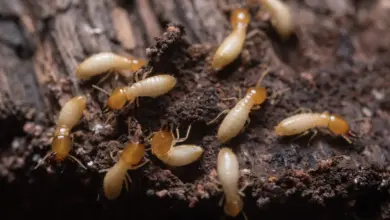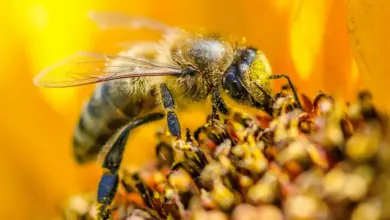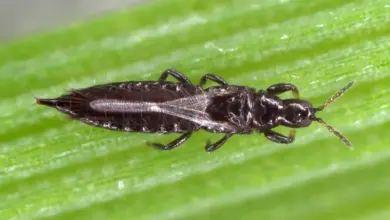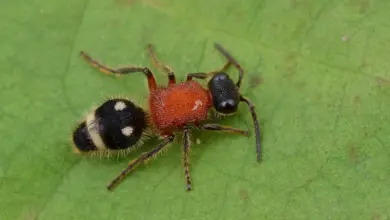Lacewings are beneficial insects that play a crucial role in maintaining a healthy garden. They are available in two varieties, green and brown, with green lacewings being the most common. These delicate creatures help keep the population of pests, such as aphids, under control.
The lacewing life cycle has four stages: egg, larva, pupa, and adult. Overwintering occurs either as a pupa or adult, depending on the species. These insects are also often commercially available, making them easy to introduce into your garden.
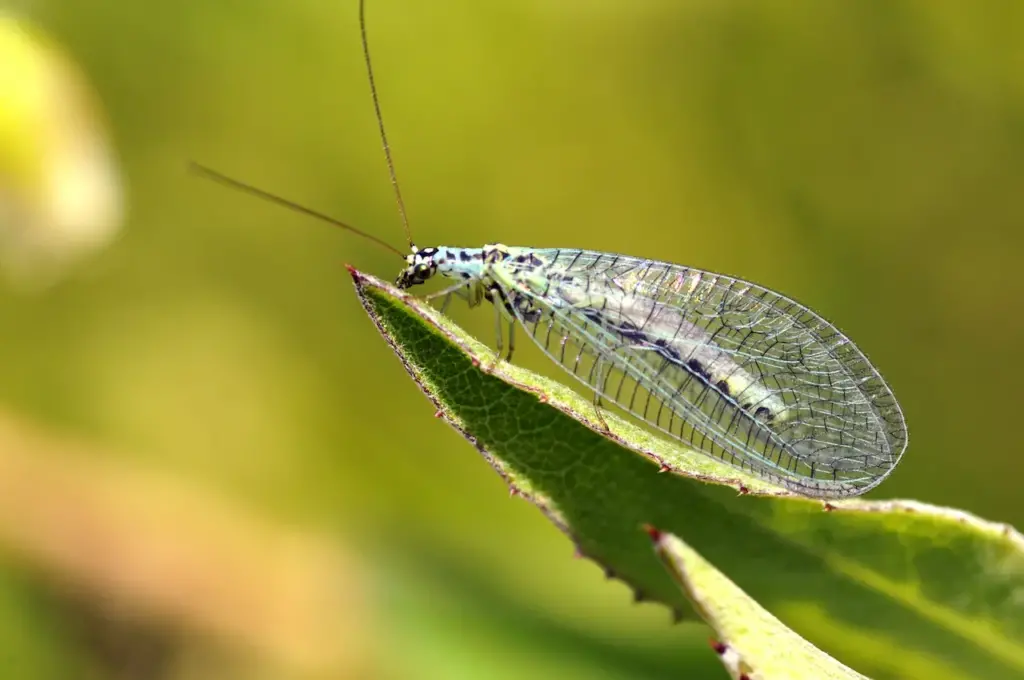
Some interesting aspects of lacewings include:
- Efficient predators in their larval stage
- Adults generally emerge in the spring
- Voracious appetite for aphids and other pests
- Commonly found in yards, gardens, and forests
In summary, lacewings are beneficial insects that can be great additions to your garden ecosystem. Their strong predatory nature helps keep harmful pests in check, promoting a healthy and thriving environment for your plants.
Basic Biology of Lacewings
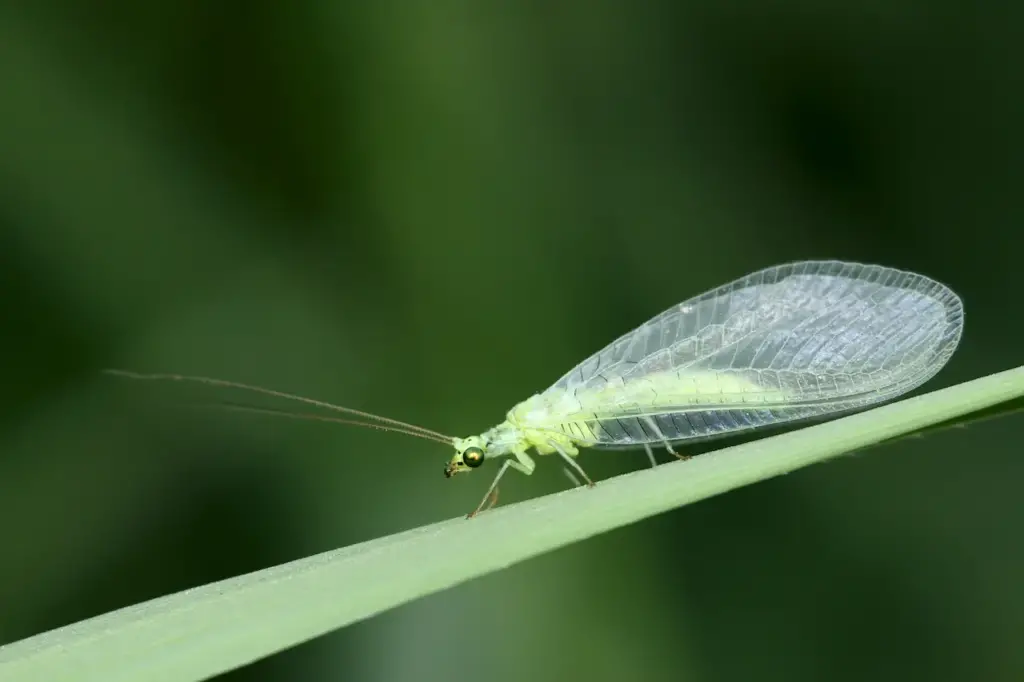
Green Lacewings
Green lacewings are a common type of lacewing with a transparent, delicate body and long, slender antennae. They are known for their role as beneficial insects in gardens due to their predaceous larval stage1. Some characteristics of green lacewings include:
- Bright green color
- Small heads
- Wings with a delicate, net-like pattern
- Presence of numerous species across genera2
An example of a green lacewing species is Chrysoperla carnea.
Brown Lacewings
While green lacewings are more prevalent, brown lacewings also play an essential role in biological control. Brown lacewings not only have predaceous larvae, but the adults also feed on aphids3. Some features of brown lacewings include:
- Brownish color
- Similar build to green lacewings but generally smaller
- Less common than green lacewings
An example of a brown lacewing species is Micromus tasmaniae.
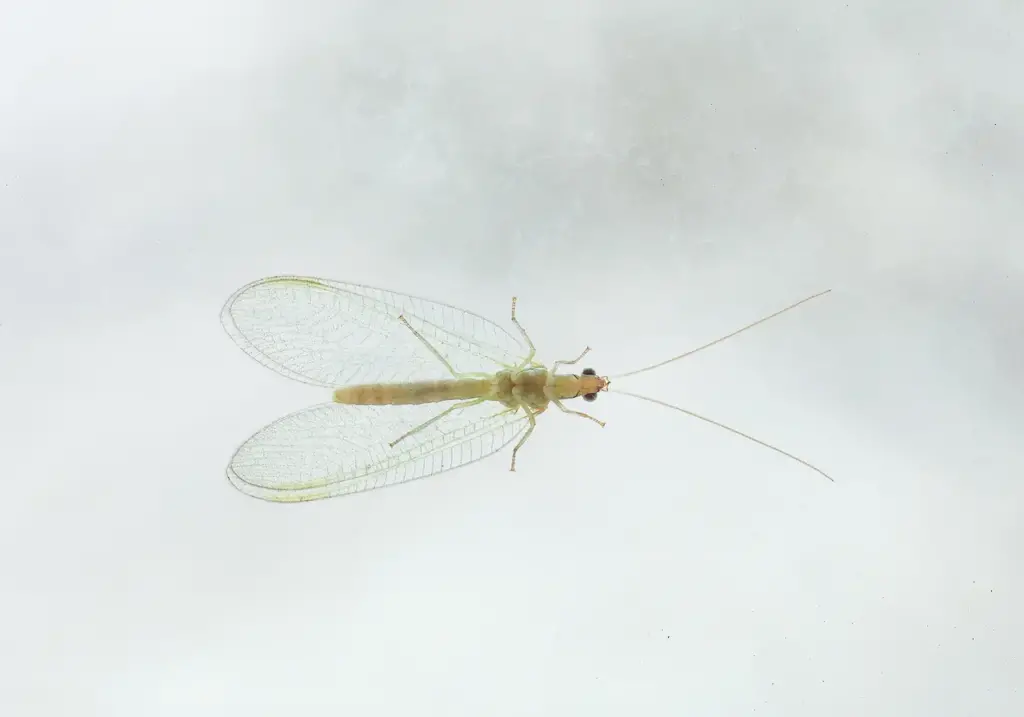
North American Species
| Species | Color | Antennae | Size | Example Genus |
|---|---|---|---|---|
| Green | Bright | Long | Small | Chrysoperla |
| Brown | Brownish | Long, thin | Smaller | Micromus |
In North America, there are several species of both green and brown lacewings present across different genera. Both are prevalent across various habitats and contribute to the control of garden pests.
